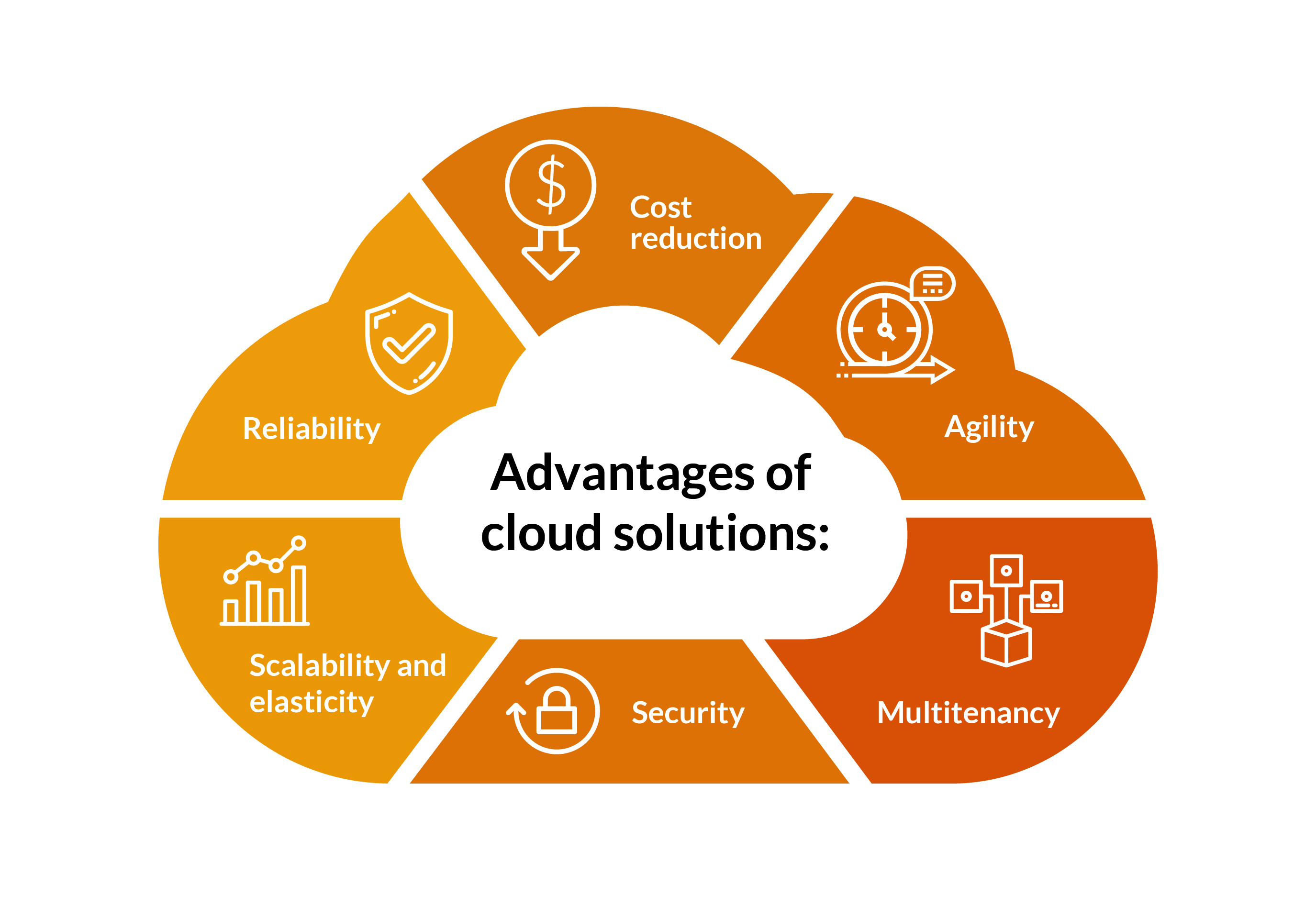Stay Updated with the Cloud Services Press Release: Trends and Growths
Stay Updated with the Cloud Services Press Release: Trends and Growths
Blog Article
Achieve Seamless Scalability With Cloud Provider
In the ever-evolving landscape of cloud solutions, achieving smooth scalability stands as a foundation for contemporary organizations seeking to remain versatile and affordable. The quest for smooth scalability with cloud services reveals a globe of possibilities for those ready to welcome the transformative power of dynamic resource monitoring.
Benefits of Cloud Scalability
Cloud scalability supplies organizations the flexibility to dynamically adjust sources based on demand, making sure optimal performance and cost efficiency. One crucial benefit is the capability to range resources up or down swiftly in response to changing work. This agility allows services to satisfy changing consumer needs without over-provisioning sources, ultimately causing set you back financial savings. Scalability additionally enhances performance by guaranteeing that systems can manage enhanced website traffic or work without experiencing downtime or stagnations. By successfully assigning sources, companies can preserve high levels of efficiency during peak times without unneeded expenditures throughout quieter periods. In addition, cloud scalability advertises innovation and testing by allowing businesses to easily examine new ideas and scale them as needed. This flexibility encourages a culture of continuous renovation and adjustment, making it possible for companies to remain competitive in a swiftly advancing market landscape. Inevitably, the advantages of cloud scalability prolong beyond cost savings to encompass better performance, agility, and advancement.
Secret Attributes for Scaling
Effective scaling in cloud services relies on key features that enable organizations to adjust resources dynamically based on need. An additional vital feature is scalability, allowing systems to deal with increased workload by adding sources seamlessly. Overall, these essential features jointly equip organizations to accomplish smooth scalability in cloud solutions.
Carrying Out Auto-Scaling Methods
To properly enhance resource appropriation and adapt to varying workloads, companies need to tactically carry out auto-scaling methods in their cloud services framework. Auto-scaling enables systems to immediately change the number of calculate resources based upon real-time need. There are various auto-scaling approaches that organizations can employ, such as predictive scaling, which makes use of historical information to forecast future source requirements, and responsive scaling, which responds to existing work changes.

Ideal Practices for Scalability
For organizations aiming to improve their scalability in cloud services, executing ideal techniques is critical for optimal performance and resource administration. One trick finest technique is creating applications with a microservices design. This approach breaks down applications into smaller, independent services that can be released, upgraded, and scaled separately, permitting for greater adaptability and scalability.
One more important technique is utilizing containerization innovation, such as Docker or Kubernetes. Containers enable the packaging of applications and their reliances into separated devices, making it much easier to scale elements individually and deploy them constantly across various environments.
In addition, applying automated deployment and facilities as code (IaC) can streamline scalability efforts (linkdaddy cloud services). Automation devices like Terraform or Ansible aid in provisioning and handling sources effectively, minimizing manual errors and allowing fast scalability
Moreover, checking performance metrics, establishing notifies, and performing routine ability planning are essential practices to guarantee proactive scalability monitoring. By adhering to these ideal techniques, companies can accomplish seamless scalability in their cloud solutions while his comment is here optimizing performance and resource usage.
Monitoring Efficiency Metrics
When examining the efficiency of cloud services scalability, very closely keeping track of performance metrics is necessary for guaranteeing optimum capability and source appropriation. By constantly tracking key efficiency indications (KPIs) such as feedback times, source, throughput, and latency application, organizations can gain beneficial understandings into the health and effectiveness of their cloud infrastructure. Checking efficiency metrics allows for the very early detection of prospective bottlenecks or problems that might affect scalability, making it possible for positive procedures to be taken to resolve them before they rise.

Final Thought
Finally, achieving seamless scalability with cloud solutions is necessary for organizations to optimize performance, enhance advancement, and Visit Your URL maintain high efficiency degrees during peak times. By leveraging the benefits of cloud scalability, carrying out auto-scaling techniques, utilizing vital functions such as flexibility and automation, and complying with ideal techniques like application style and performance tracking, organizations can successfully scale their systems while optimizing resource usage and performance.
The pursuit for seamless scalability with cloud solutions reveals a globe of opportunities for those eager to welcome the transformative power of dynamic resource monitoring.
Cloud scalability offers organizations the flexibility to dynamically adjust resources based on need, making certain optimal performance and price effectiveness. Another key attribute is scalability, making it possible for systems to deal with enhanced workload by including sources effortlessly.For companies aiming to boost their scalability in cloud services, implementing ideal methods is essential for ideal performance and resource administration.When evaluating the efficiency of cloud solutions scalability, closely keeping an eye on performance metrics is crucial for guaranteeing optimum capability and resource allowance.
Report this page